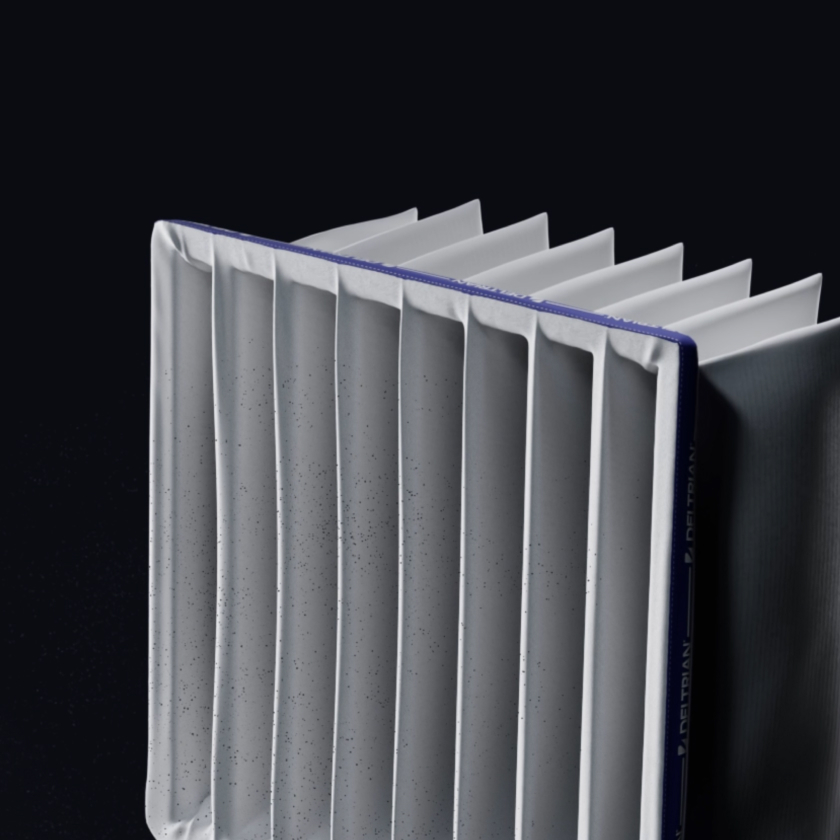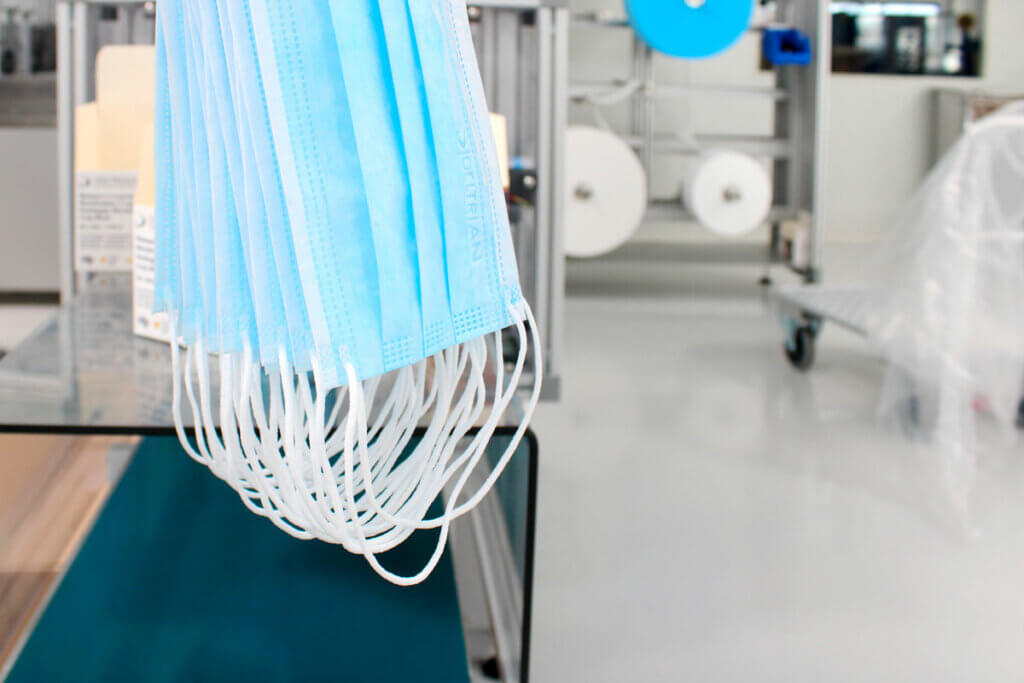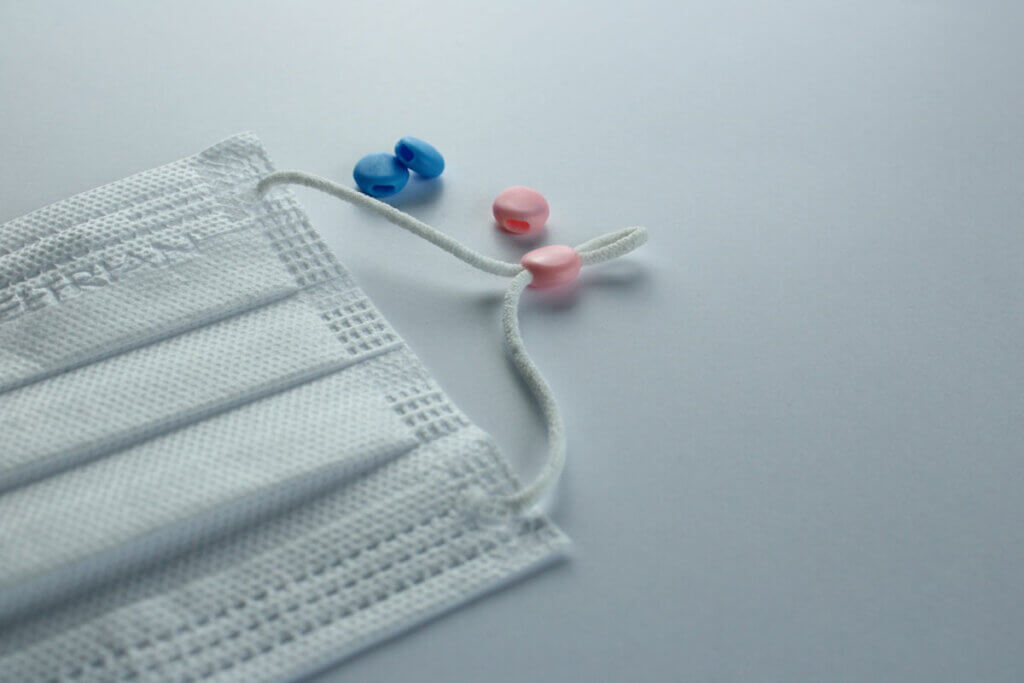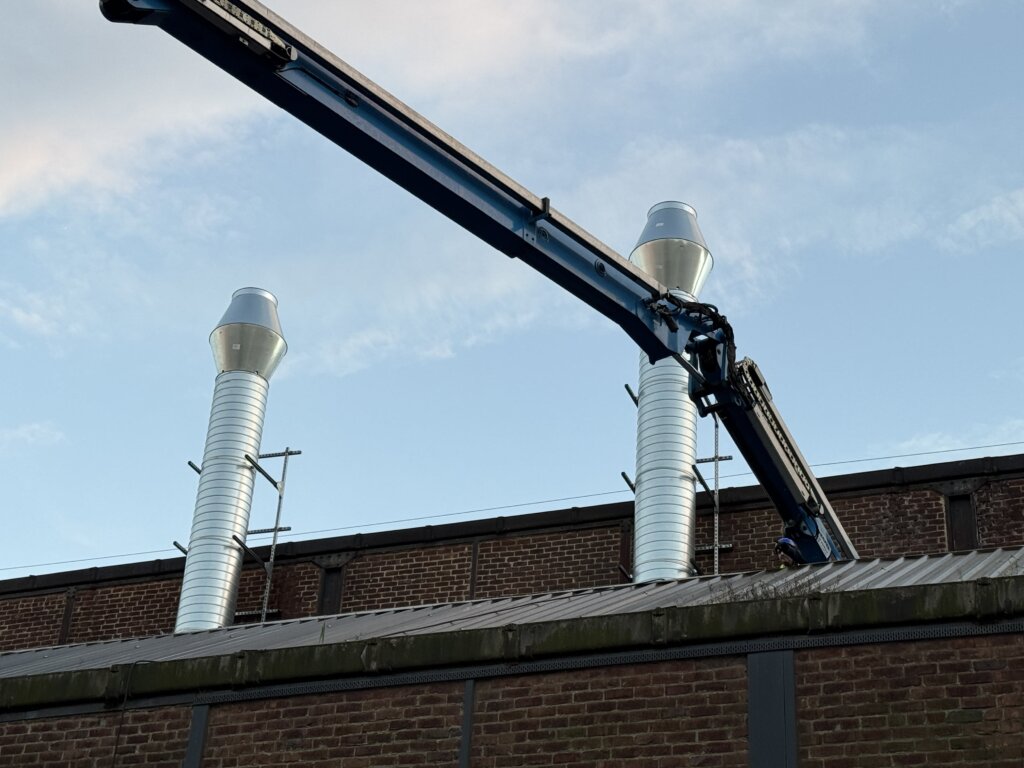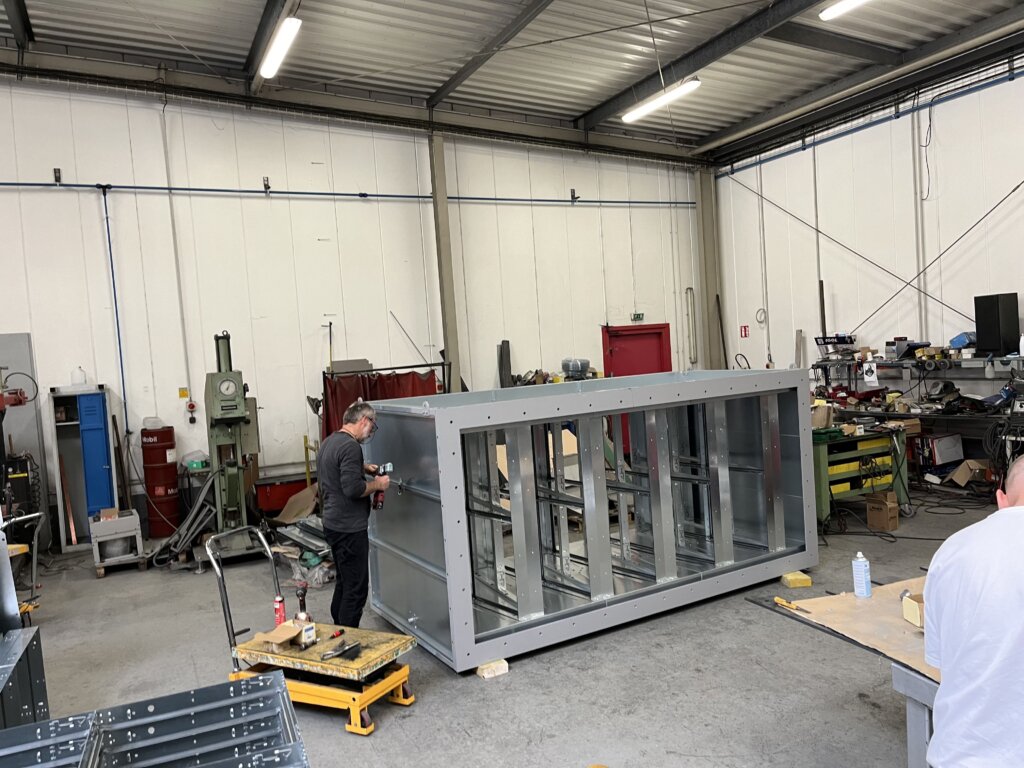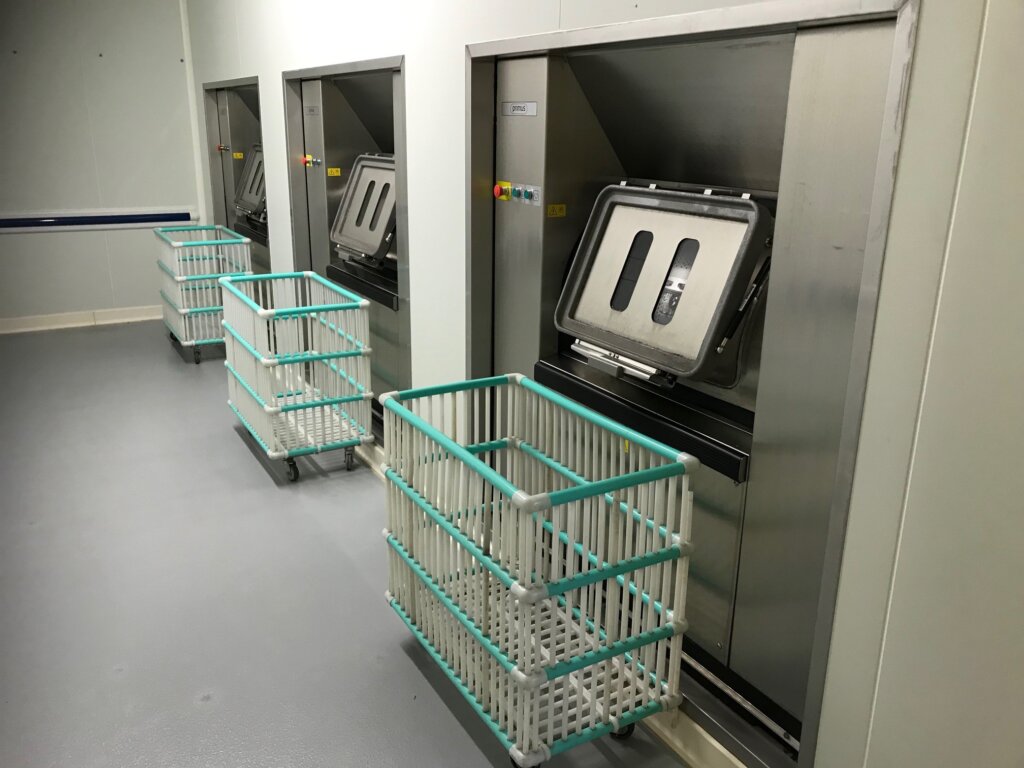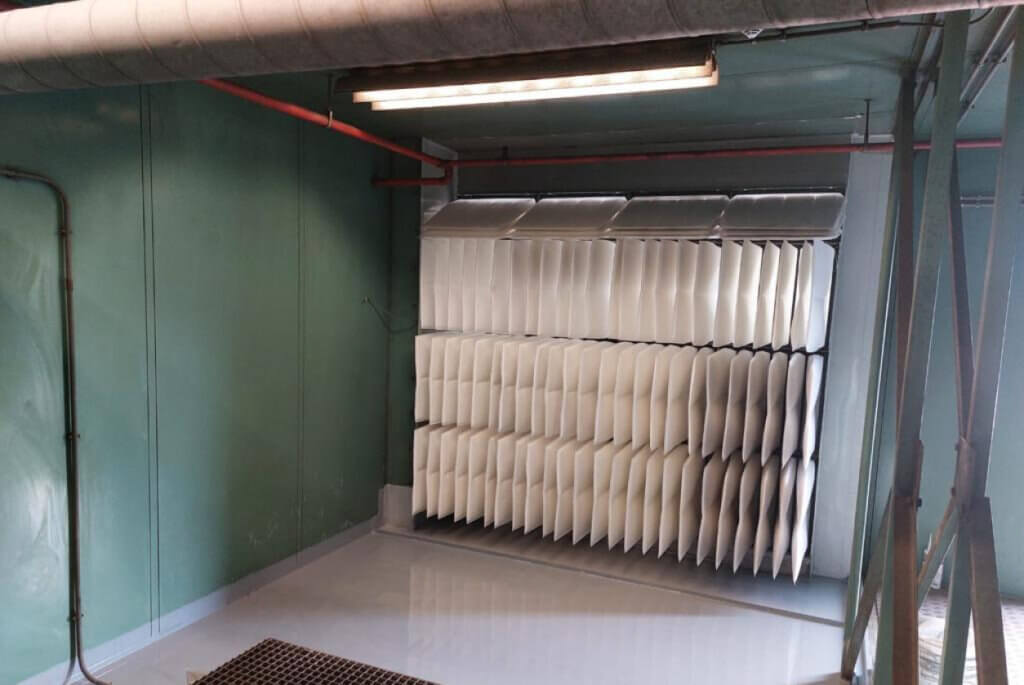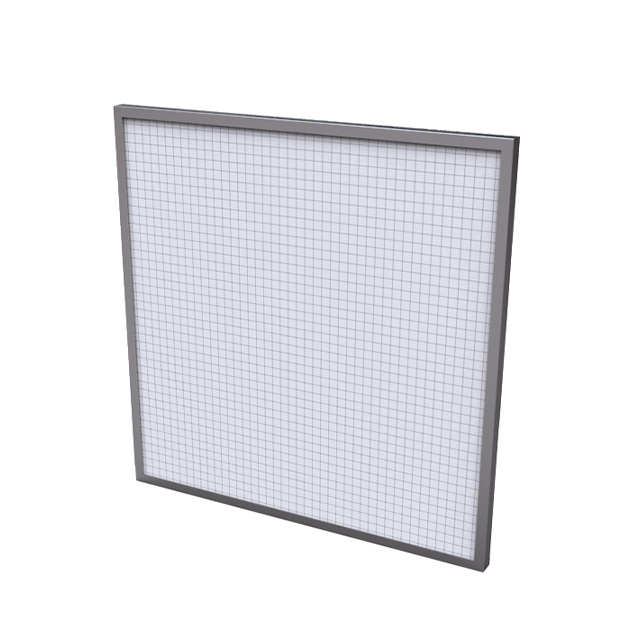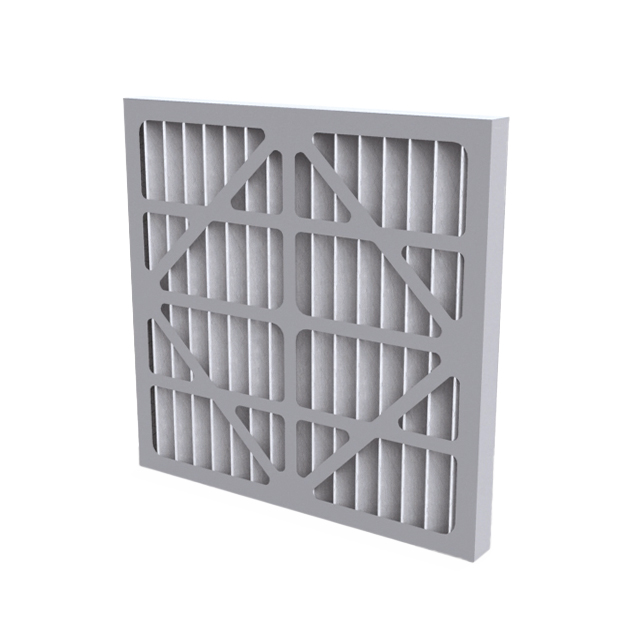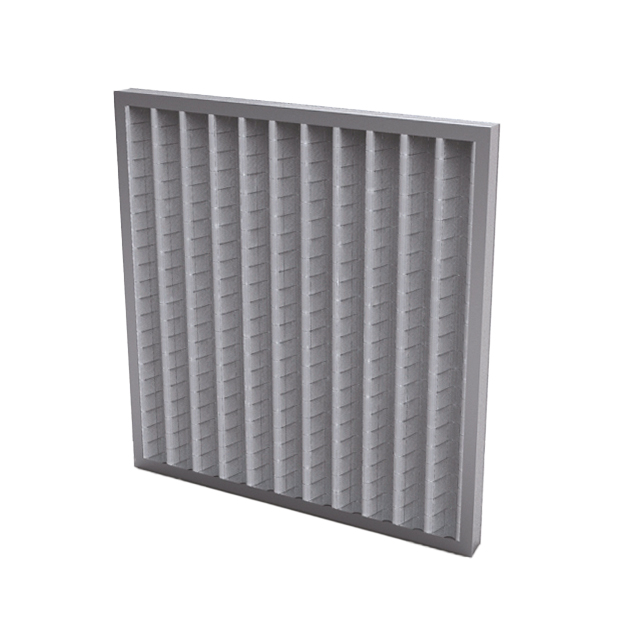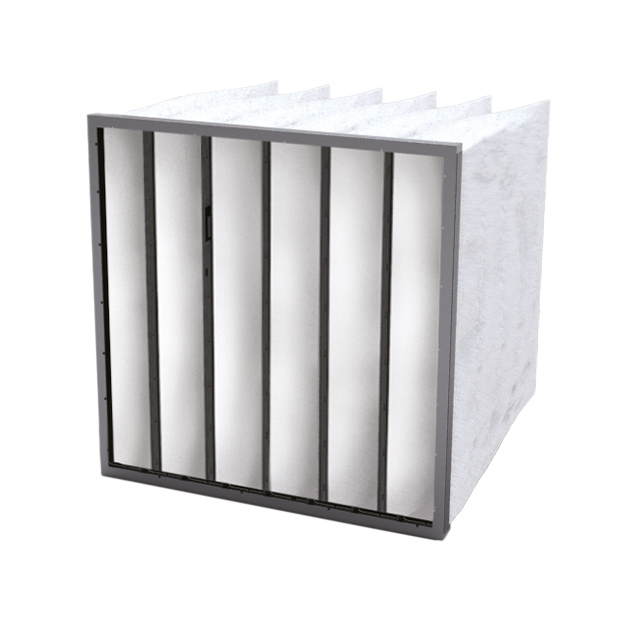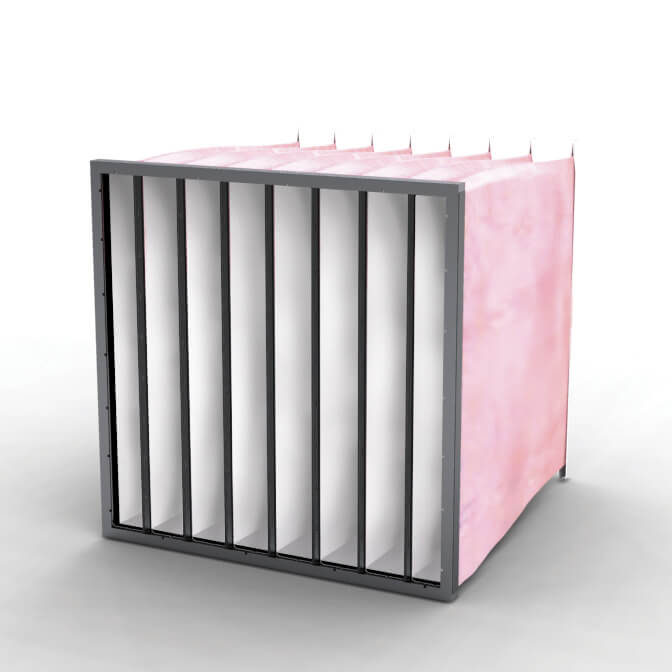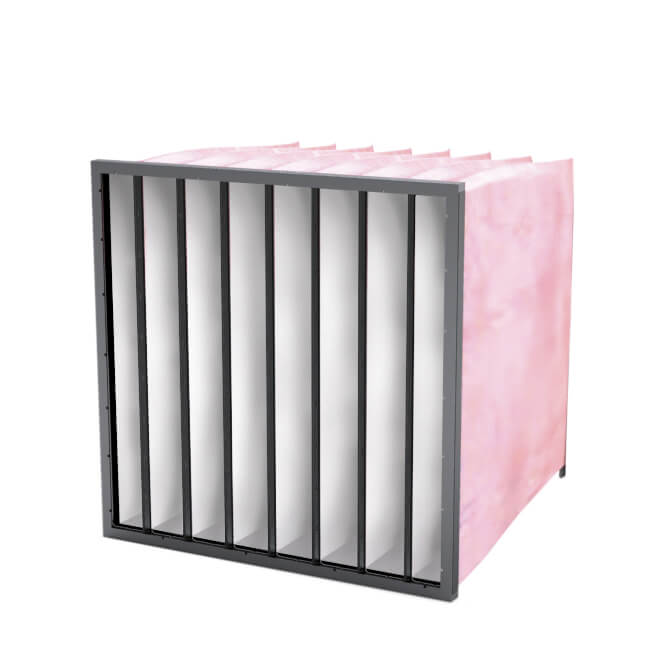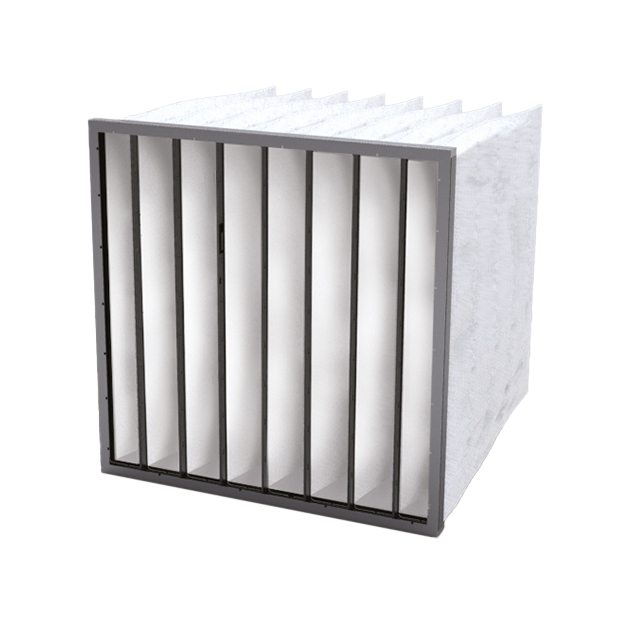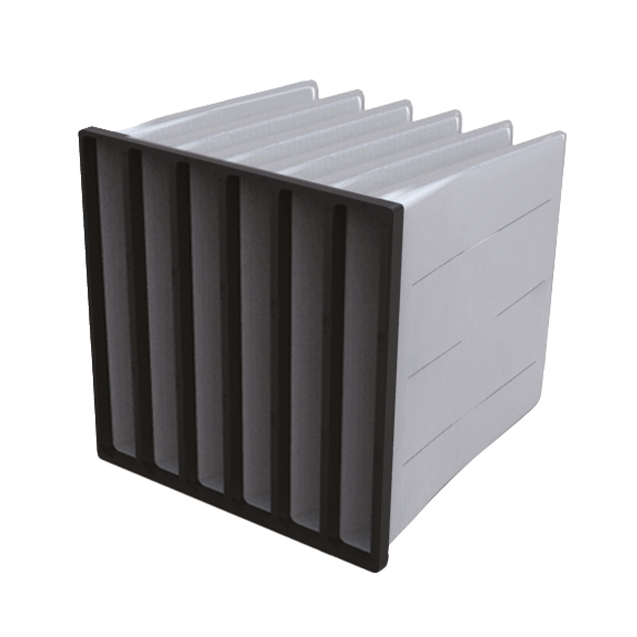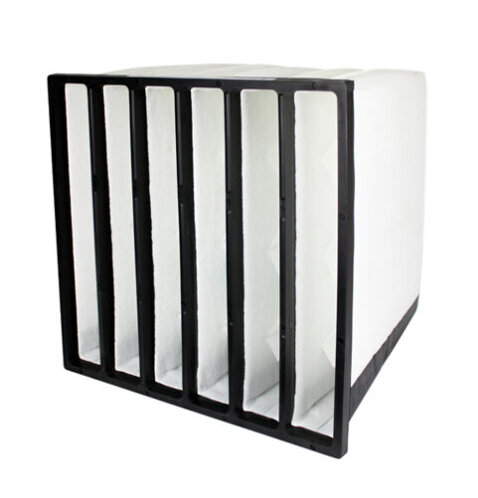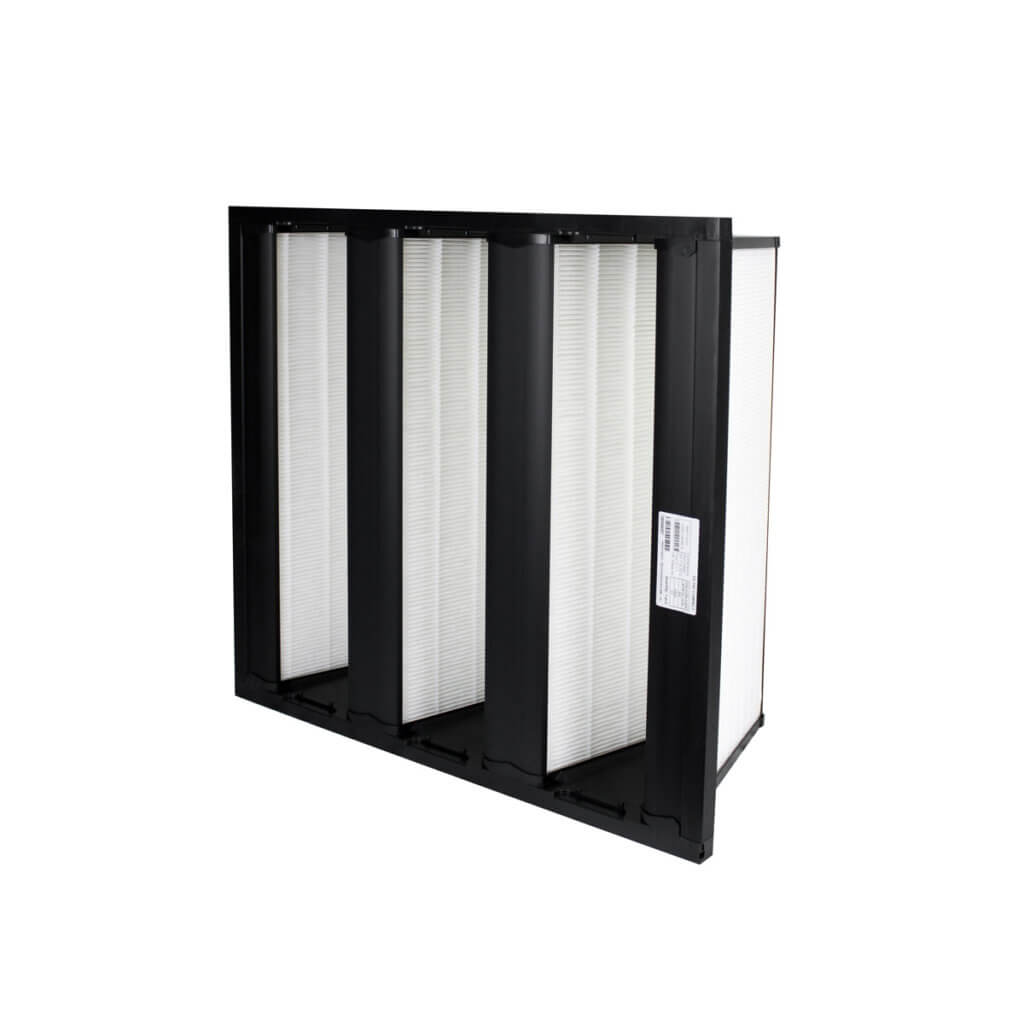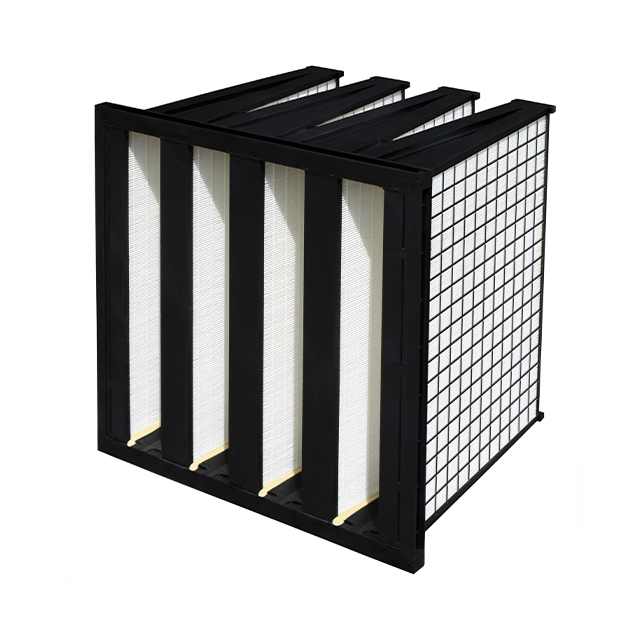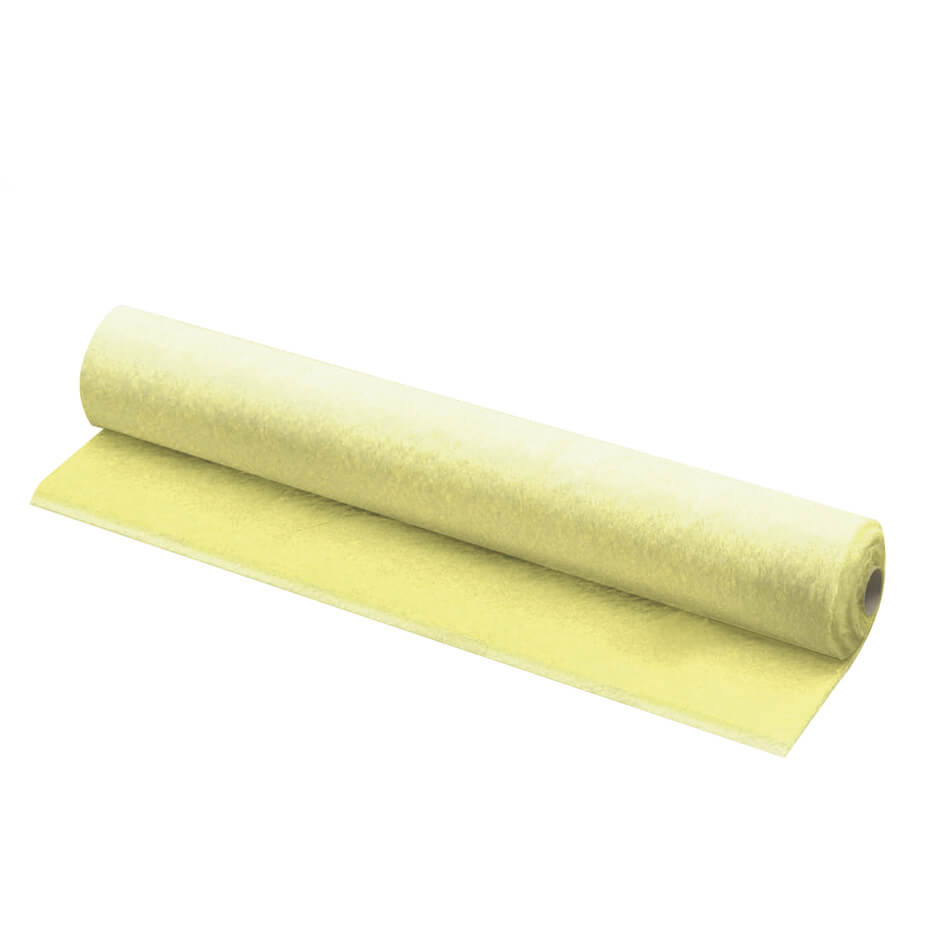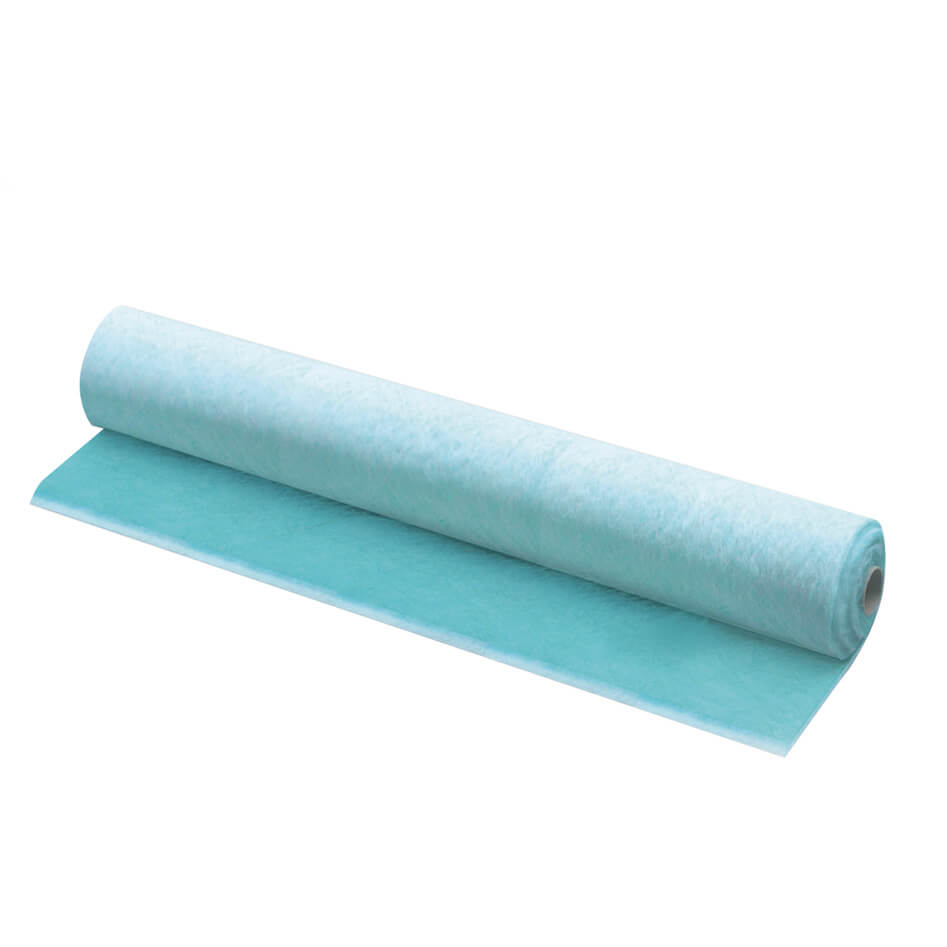F7 filter vs. G4 filter: What are the differences?
F7 and G4 filters can be used to filter the air in your installations, but they don't offer the same levels of purification. Let's take a look at the differences.
Published on 19.10.2023

Table des matières
F7 and G4 : Definition
G4 filter
F7 filter
F7 and G4 : What are the differences?
The ISO 16890 standard
F7 and G4: What is it?
F7 and G4 : Two types of filters
Installing a ventilation and air filtration system means choosing the type of filters you’re going to use to purify your indoor air.
Indeed, the level of purification and therefore the air quality you obtain will not be the same depending on the efficiency of the filters you choose to install.
There are several families of filters, including :
- G-type coarse filters (G1 to G4)
- F-type fine filters (F5 to F9)
The number after the letter refers to the filter’s level of fineness. The higher the number, the finer the filter and the greater its ability to stop small particles.
In this article, we take two examples and compare the F7 filter with the G4 filter.
By the end of this article, you’ll know all the differences between the F7 and G4 filters.
What is the G4 filter?
A filter for larger particles
The G4 filter is designed to stop coarse particles. According to the ISO 16890 standard, the G4 filter is classified as ISO Coarse and can filter particles larger than 10 μm, such as sand.
Because of these characteristics, the G4 filter is generally placed at the inlet of a filtration system.
Its role is threefold:
- Pre-filter the air entering your building.
- Prevent clogging of the air handling unit’s motor.
- Protect the ducts and main filter of your CMV.
The G4 filter extends the life of your system, improves its performance and provides initial air filtration.
However, this type of filter alone is not sufficient to obtain optimum air quality, and it is necessary to couple it with another filter, such as the F7.
The F7 filter: how does it differ from the G4 filter?
A filter for smaller particles
The F7 filter is often used in conjunction with the G4 filter to completely clean the air inside a building. According to ISO 16890, the F7 filter is classified as ISO ePM1.
It can therefore filter extremely fine particles:
- Pollens,
- Bacteria,
- Fungi,
- Etc.
As a general rule, the F7 filter is particularly recommended for excellent indoor air quality. It not only protects you from allergies, but also from outdoor pollution and winter epidemics.
In a nutshell: What are the differences between the F7 and G4 filters?
Two filters for two different uses
The F7 filter is finer than the G4 filter and therefore provides more thorough air filtration. Whereas the G4 filter stops at coarse particles, the F7 filter stops much finer particles.
In terms of their use, the two filters should ideally be used in conjunction with each other, and placed at strategic points in your air filtration system.
The G4 filter is preferred for pre-filtration and to protect your system from coarse particles, and the F7 filter to stop smaller particles.
Do you need an air filtration system? Contact us using the form below, and we’ll get back to you as soon as possible.
A word about ISO 16890
ISO 16890: What is it?
ISO 16890 is a test standard for air filters, allowing them to be categorized into several classes, according to their filtration efficiency.
ISO 16890 has been in place since July 1, 2018. This standard marked an important turning point in the assessment of air filter efficiency, in order to align with WHO recommendations regarding air pollution.
Do you have any questions? Our team is here to help you.
Our experts are available to answer all your questions.
































